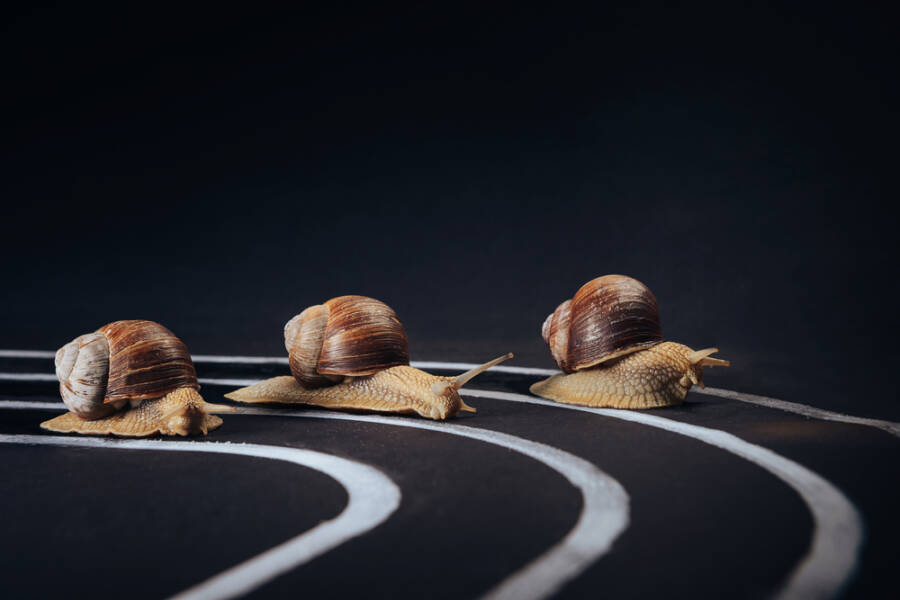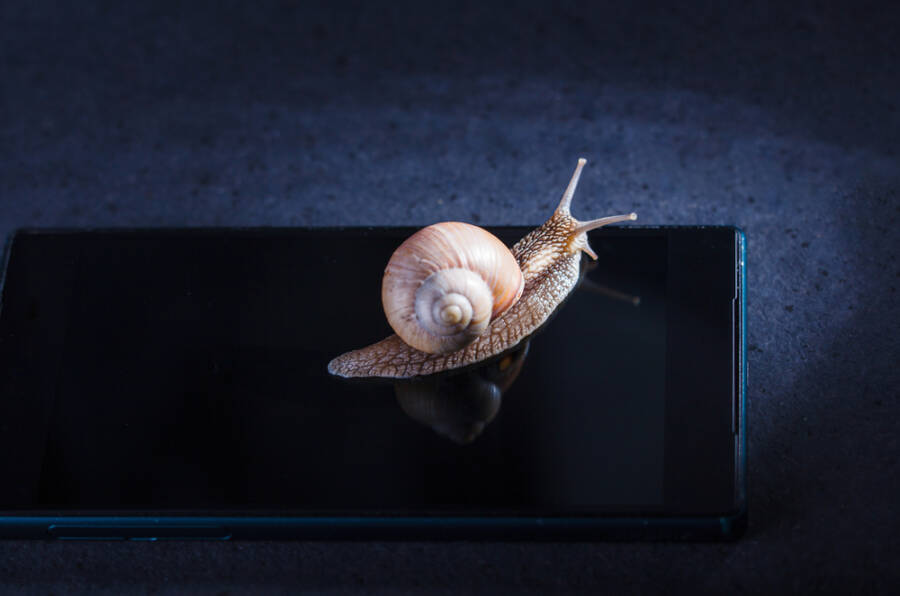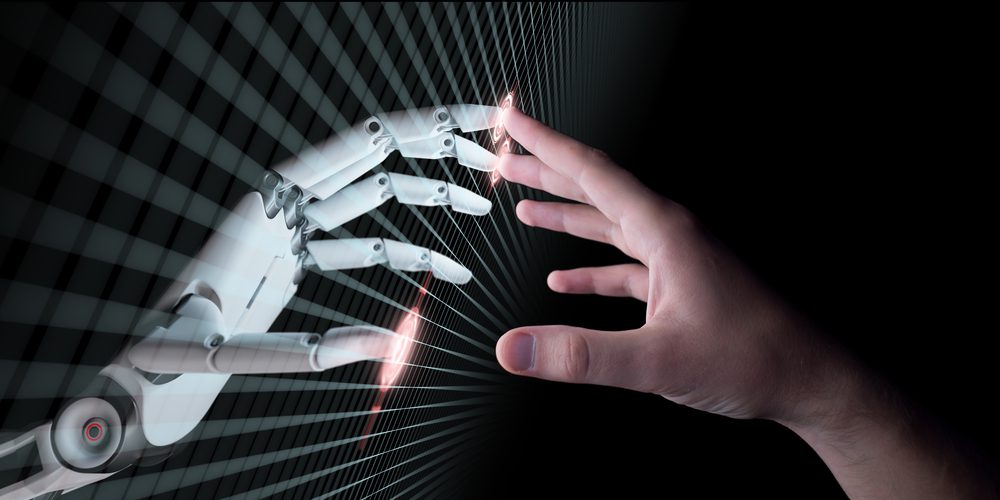How can your memory help you as you age?
A study that was published in the “Science Advances” journal has offered us part of the explanation.
Working with snails, researchers looked at how established memories made them more likely to form new long-term memories of connected future events that they may otherwise have overlooked.
The straightforward mechanism that they discovered did this by changing a snail’s perception of those events.
The researchers took the phenomenon of how past learning impacts future learning “down to a single cell,” said a cell biologist at the University of California in Los Angeles, who wasn’t involved in the study.
He called it an engaging example “of using a simple organism to try to understand behavioral phenomena that are fairly complex.”
Even though snails are simple creatures, this new insight brings scientists closer to comprehending the neural basis of long-term memory in higher-order animals like us. So let’s talk about it:

This entire idea is more complicated than one might think
Even though we’re not usually aware of the challenge, long-term memory building is “an incredibly energetic process,” according to the study’s lead author and a senior research fellow at the University of Sussex.
Memories like these depend on our developing more stable synaptic connections between neurons, and brain cells need to draft a lot of molecules to do that.
To preserve resources, a brain must determine when it’s worth the cost to form a new memory and when it isn’t. That’s true no matter if it’s the brain of a person or one of a “little snail on a tight energetic budget,” he stated.
Tell us more about these snails
The researcher went on a video call and held out one of these snails, a thumb-size Lymnaea mollusk that had a brain he called “beautiful.” While a human brain contains 86 billion neurons, the snail’s only has 20,000.
But each of its neurons is 10 times bigger than ours and much more available for analysis. Those considerable neurons and their well-mapped brain wiring have made the snails a favorite topic for neurobiology research.
The miniature foragers are also “remarkable learners” that can recognize something after a single exposure to it. In this study, the researchers looked deep into the snails’ brains to determine what happened at the neurological level when they were developing memories.
Inducing memories
In their experiments, researchers gave the snails two types of training: weak and strong. During intense exercise, they squirted the snails with banana-flavored water, which they treated as neutral in its appeal: They would swallow some but then spit some of it out.
Then, the snails were given sugar, which they devoured avidly. When they examined the snails as much as a day later, results showed that they had learned to associate the banana flavor with the sugar from just that one experience.
The snails perceived the flavor as more desirable. And they became more willing to swallow the water.
In contrast, the snails didn’t learn this positive association from a weak training session, in which a bath flavored with coconut was followed by a much more diluted sugar treat. The snails continued to both swallow and spit out the water.

What does Pavlov have to do with this?
The experiment was basically a snail version of Pavlov’s famous conditioning experimentations in which dogs started drooling when they heard the sound of bells.
But then the scientists investigated what happened when they gave the snails intense training with banana flavoring, followed hours later by weaker training with the coconut flavor. All of a sudden, the snails were able to learn from the weak training, as well.
When researchers switched the order and did the weak training, it again failed to leave a memory. The snails still created a memory of the intense training, but that didn’t have a retroactive strengthening impact on the earlier experience.
Swapping the flavors used in the stronger and weaker training also had no effect.
The scientists concluded that the intense training forced the snails into a “learning-rich” duration in which the threshold for memory building was lower, allowing them to learn things they otherwise wouldn’t have.
A mechanism like this could help the brain direct resources toward learning at suitable times. Food could alert the snails to food sources that were nearby. Brushes with danger could hone their sensitivity to threats.
Varied perceptions
Through probing with electrodes, the researchers found what happens inside a snail’s brain when it creates long-term memories from training. Two parallel adjustments in brain activity appear. The first encrypts the memory itself.
The second is purely involved in changing the snail’s perception of other events. It transforms how it views the world based on old experiences.
Researchers also discovered that they could generate the same transformation in the snails’ perception by stopping the effects of dopamine, which is the brain chemical created by the neuron that activated the behavior.
As a consequence, the neuron was shifted to spit off and left to swallow constantly. The experience had the same effect that intense training did in the previous experiments: Hours later, the snails began a long-term memory of the weak training.
The researchers elegantly and thoroughly map out the process from the demeanor to the electrophysiological underpinnings of this interaction between past and present memories.
Knowing how mechanistically this occurs is fascinating because it’s probably conserved across species. Researchers, however, are still determining if the failure of the snails to consume flavored water after the weak training means they didn’t carry a memory from it.
He said you can have a memory but not act on it. So, making that distinction may require a few follow-up experiments. Another of the men noted that the mechanisms behind memory and learning are surprisingly similar in mollusks and humans.
Glanzman said it would be intriguing to study whether a change in perception could be made permanent. He thinks this may be possible if the snails are given a negative stimulus that makes them sick rather than something they like.
For now, though, the team working on this is curious about what happens in the brains of these snails when they perform numerous behaviors, not just opening or closing their mouths.
They believe that these are fascinating creatures, and they’re surprised to see these animals able to do these types of complex processes.

Do you want to do as the snails do? Here are some tips to make more long-term memories beginning today:
-Pay attention: A study performed at MIT revealed that we’re more likely to make memories when we pay more attention. So, if you want to remember more things, be mindful of the sounds, smells, sights, and how you feel about something.
-Experience new things: The TED Institute says that one study discovered that over 70% of people’s vivid memories were unique events or first-time experiences, like first jobs and kisses.
So consider traveling somewhere you haven’t been before or checking out a new class. It might stick with you longer than you think.
-Embrace the weird: A different study uncovered that “weird” experiences that are relatively familiar while still feeling novel stand out in our memories.
Try to go out of your comfort zone and try something that’s a bit out of your comfort zone, like going bird-watching at your local park, trying a new dish at a restaurant you love, or doing a random act of kindness for a neighbor.
Another great tool for your memory can be found on Amazon. Check out: The Black Belt Memory Jogger
What are YOUR thoughts on this memory study? let us know in the comments. And if you liked this article, check out: 10 Genetic Quirks You Didn’t Know You Got From Your Parents













